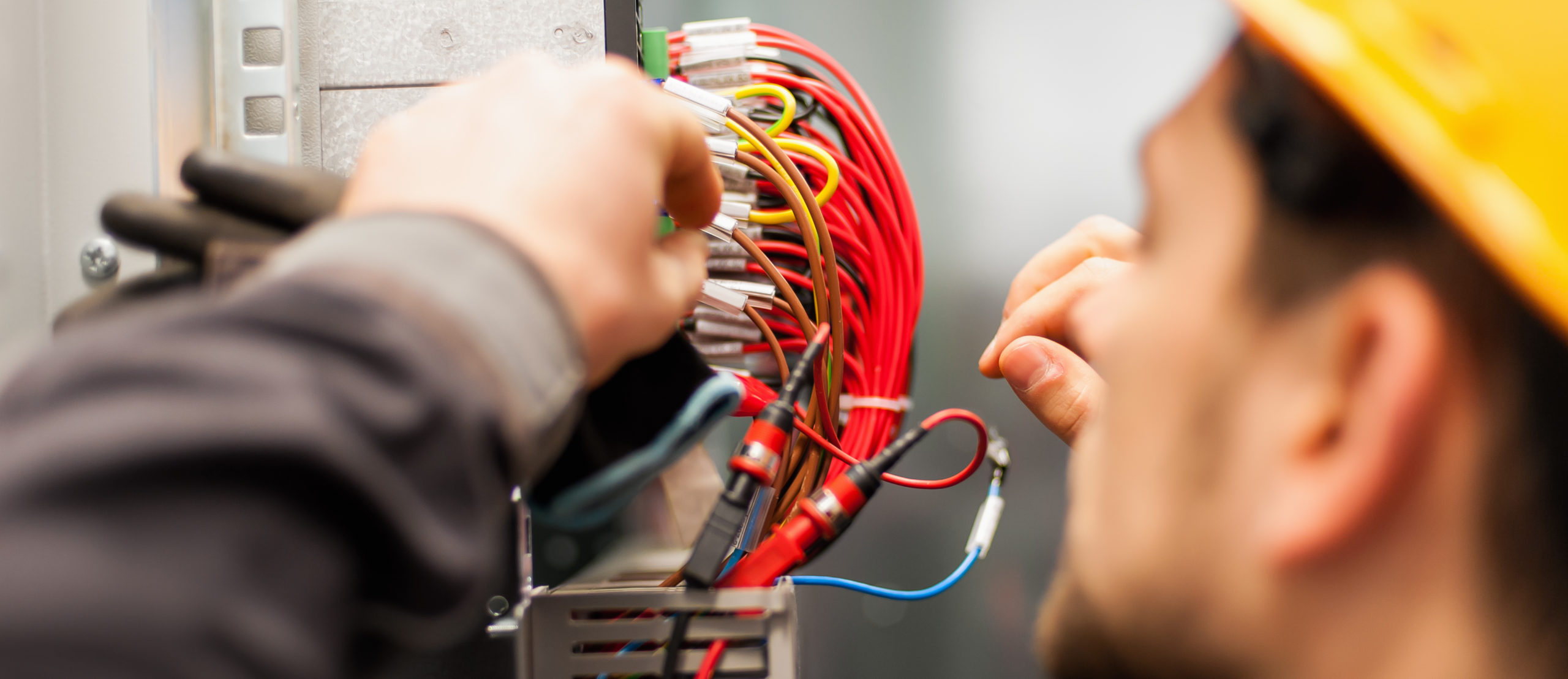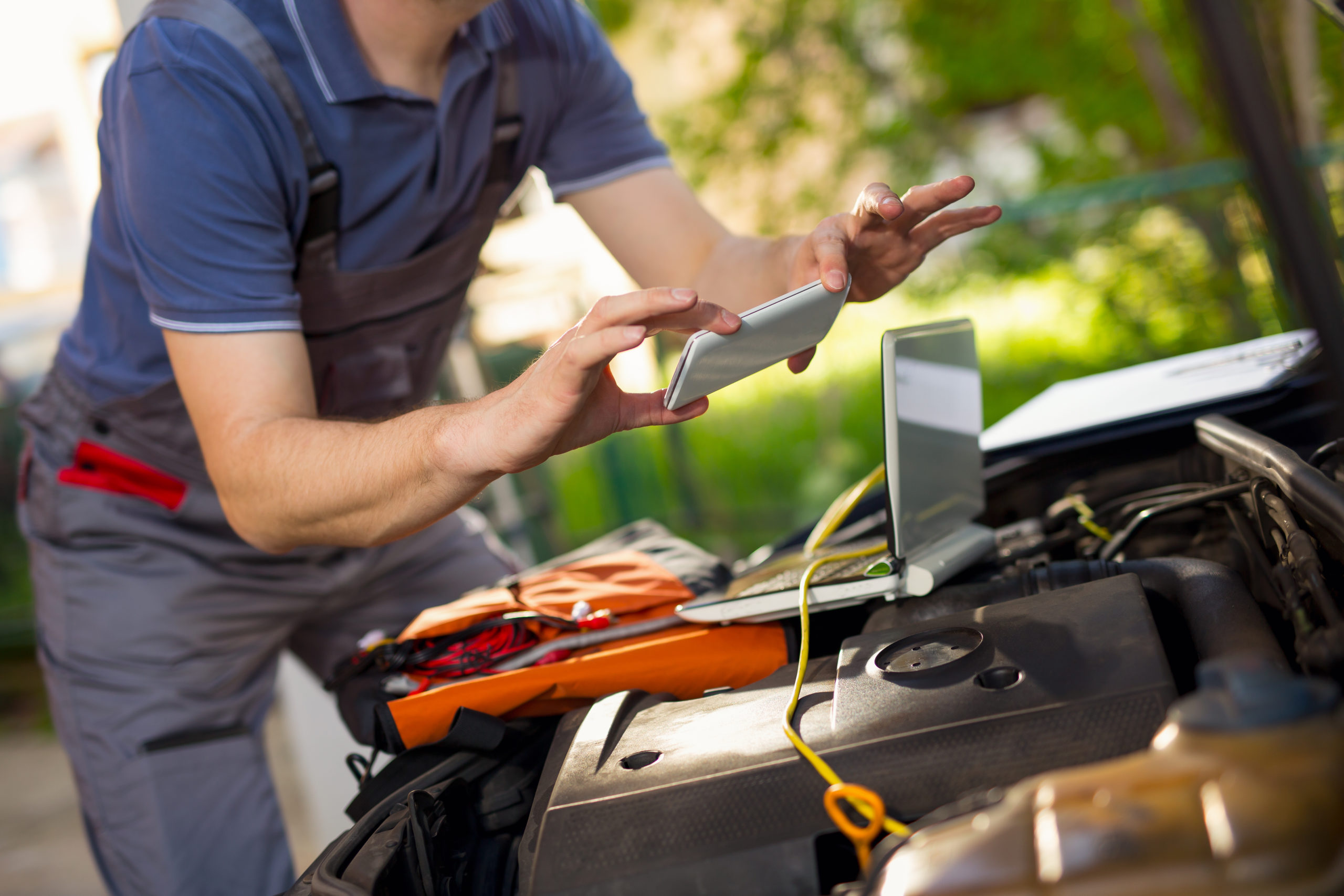
Originally published by GearsCRM
Harry Radenberg, Founder and CEO, GearsCRM
May 27, 2020
For most field service teams, getting to the destination to perform the service is priority one, two and three. There’s a lot of logic that goes into getting the right person to the right place at the optimal time, but not being able to get to that right place breaks down the whole process. With COVID-19 a lot of field service teams are facing a new reality – the location they normally go to without an issue is now locked down and either unwilling to let them in, or making it much more difficult to get in. For some types of fieldwork – like installations or deliveries, the need to physically be at the site isn’t optional.
However, for other types of work – troubleshooting equipment, inspections, even preventative maintenance, there is the option of trying to perform these tasks virtually. Obviously, this won’t solve 100% of the problems, but for each call you can solve virtually, that’s one less case where you need to figure out how to get someone dispatched in an increasingly complex environment – not to mention, the cost savings for both you and your customer of not having to make a trip. This is a problem all field service teams are facing right now, and here is one way to solve it.

Introducing Camera Sharing
If you can’t get there yourself, the next best thing is to have someone who is there show you what they are seeing. We can do that by using that person’s smartphone camera. To do that, we have partnered with Glance Networks – a long time Salesforce partner (they’ve been on the AppExchange since 2010) that has provided multiple visual engagement solutions for Salesforce customers. Leveraging Glance’s camera sharing capabilities, a customer can use their smartphone camera to provide a live view of what the camera is pointed at.
The technician is able to see this from within a Lightning component in Salesforce’s Service Console and can guide the customer where to aim the camera. The technician can take screenshots as the customer is sharing to capture still images and also keep a recording of the entire camera share session to be able to review later. Having all of this within Service Console allows them to save this to a Case or Work Order easily.
Launching these sessions can be done in multiple easy ways. First, from a Glance component within Service Console, a technician can send an invite to the customer via a text message. The customer clicks on this link and they are immediately in a camera sharing session with the technician. This is definitely the most friction-less way to go and typically this is done when the customer is calling in first, and the technician is suggesting a virtual session to help resolve the issue.
A second way to do this is with an app. You can leverage a Glance app that your customer downloads from the Google Play Store, and the customer launches the session from the app. The app allows for some additional features like allowing the technician to actual annotate on images taken from the stream, which the customer can see on their end. Imagine your technician being able to circle exactly which cable to unplug, instead of having to spend a minute guiding the customer through the video. In addition, you can create your own branded app and include other service options within there. This is a great option if you want to pre-install the app on devices you provide to the customer as a service. From apps, a customer could request a session directly from the app and you could leverage omni-channel to route these to the correct technicians.
Camera Sharing Use Cases
Using camera sharing in preventative maintenance or inspection scenarios, a technician can guide a knowledgeable customer through the steps and check-points they need to take instead of having to be onsite doing it themselves. In repair scenarios, the technician can potentially identify the issue remotely and in best-case scenarios they can even guide the customer through the steps of how to fix the issue. In worst-case scenarios, they will still need to dispatch someone, but with the proper information around the issue, the dispatched technician will be ensured to have the parts and equipment needed to repair the issue quickly. This eliminates a potential second visit, and reduces the time needed to be at the customer’s site.
Finally, in really complex repair scenarios, a technician could use this to consult with specialists. Maybe the customer only allows one technician on-site, and the technician discovers that the problem involves a skill they don’t have – leveraging this type of solution, they can bring in a technician that has that skill for a virtual consult. In this use case, the customer is never using the app, but your own technician is. All of these scenarios will lower your total onsite time, which is an increasing demand for field service organizations as a result of COVID-19. In addition, this is definitely cheaper for either the customer or the field service team as a truck-roll is never an inexpensive task.
Schedule Virtual Appointments in Advance
If you are going to offer Virtual Service capabilities, why not allow customers to schedule these sessions themselves? That’ll give your customers the flexibility to schedule these sessions in advance at times that are optimal for them. Leveraging Salesforce’s Lightning Scheduler, you can set up availability for your technicians that a customer can select their preferred times from. Lightning Scheduler leverages the same power as Field Service Lightning does for finding the right candidate and you can set up availability based on skills, the technicians a particular customer prefers, or just based on schedule-based availability. Once an appointment is booked, you can leverage workflow to send your customer instructions on how the virtual appointment will work, and then at the appointment time the technician can fire up their session with Service Cloud and Glance.

Quick Starts Available
GearsCRM is offering Quick Starts for Virtual Service Appointments with Glance starting at just $5,000, which can be live in as little as two weeks. For different options and costs, check out our Quick Start options. In addition, Glance is offering the first 3 months for free with an annual subscription. Take advantage of these great offers and provide a vital service virtually to your customers. If you have any questions or would like more information, please contact GearsCRM and a Solution Architect will get back to you shortly.
####
Click here to learn more about Glance for Salesforce.



